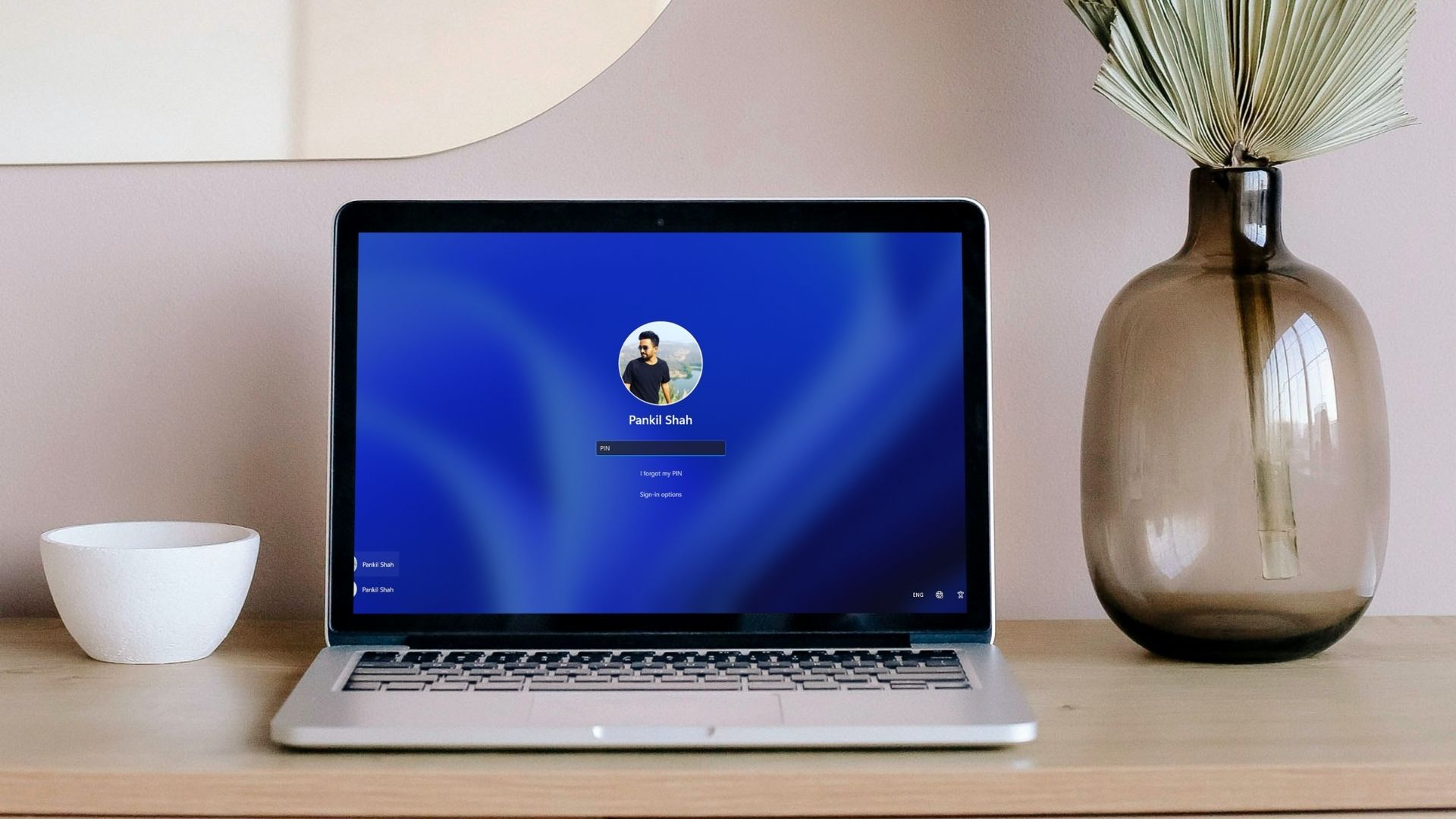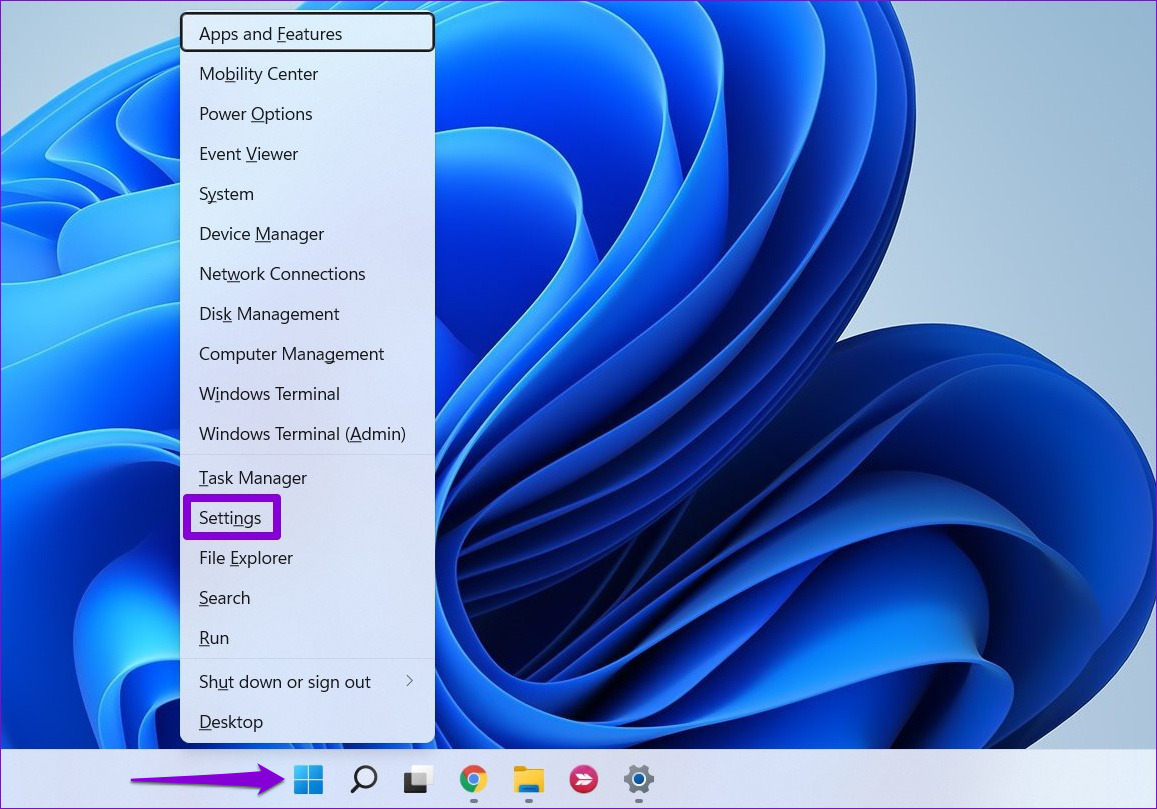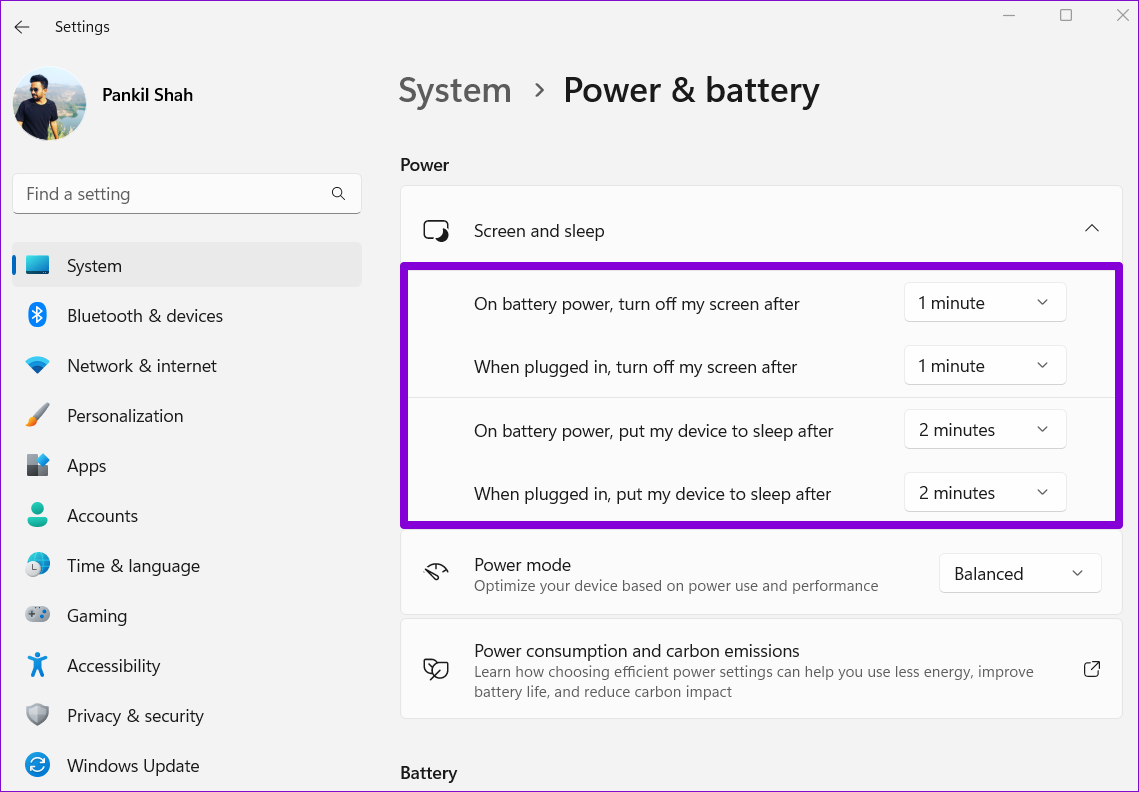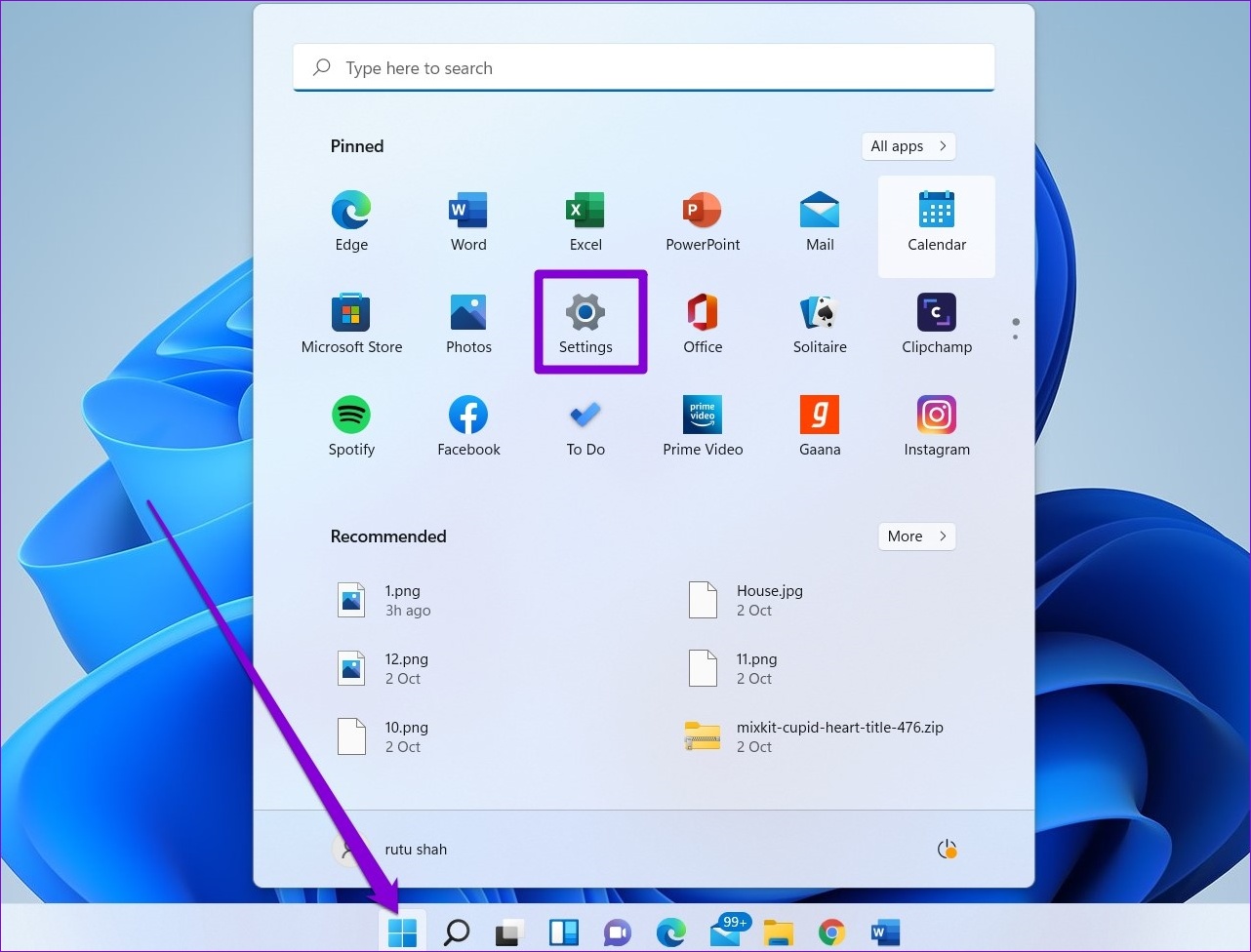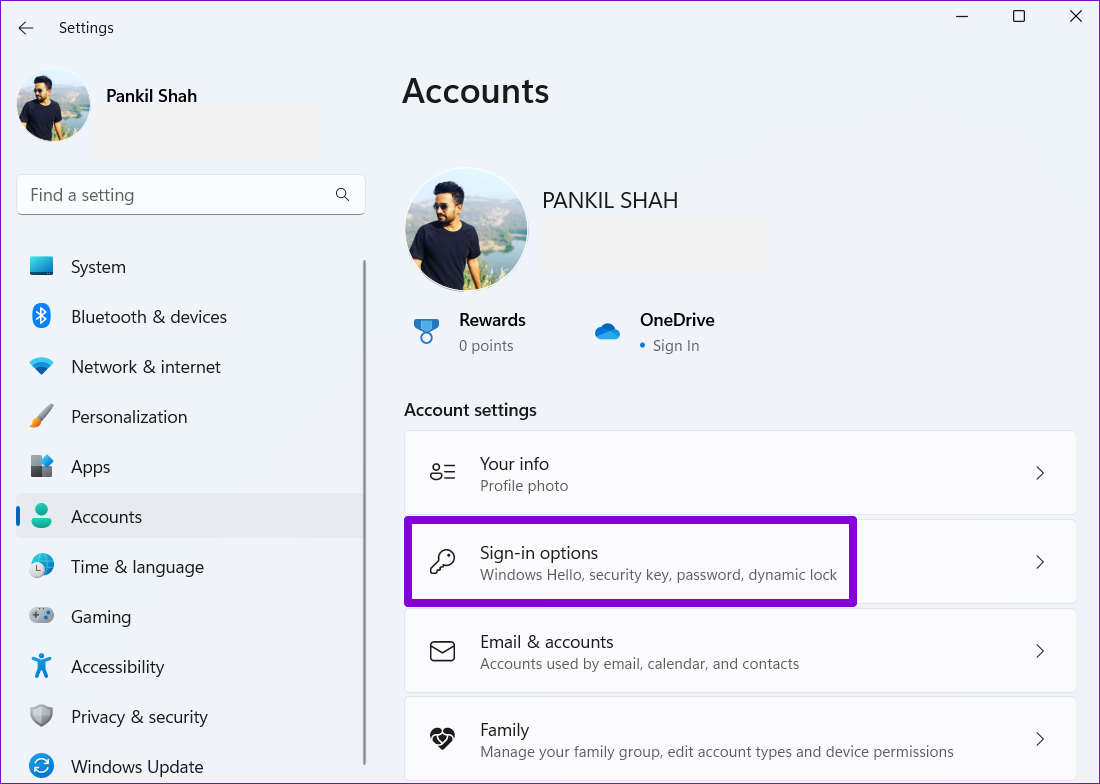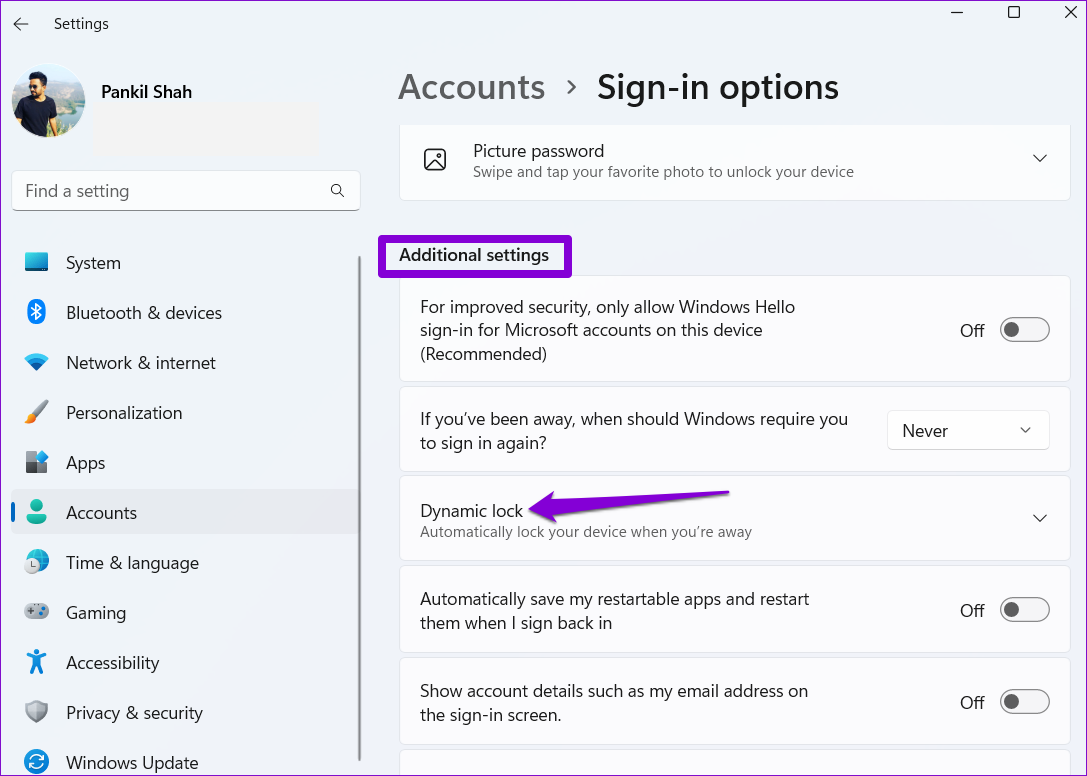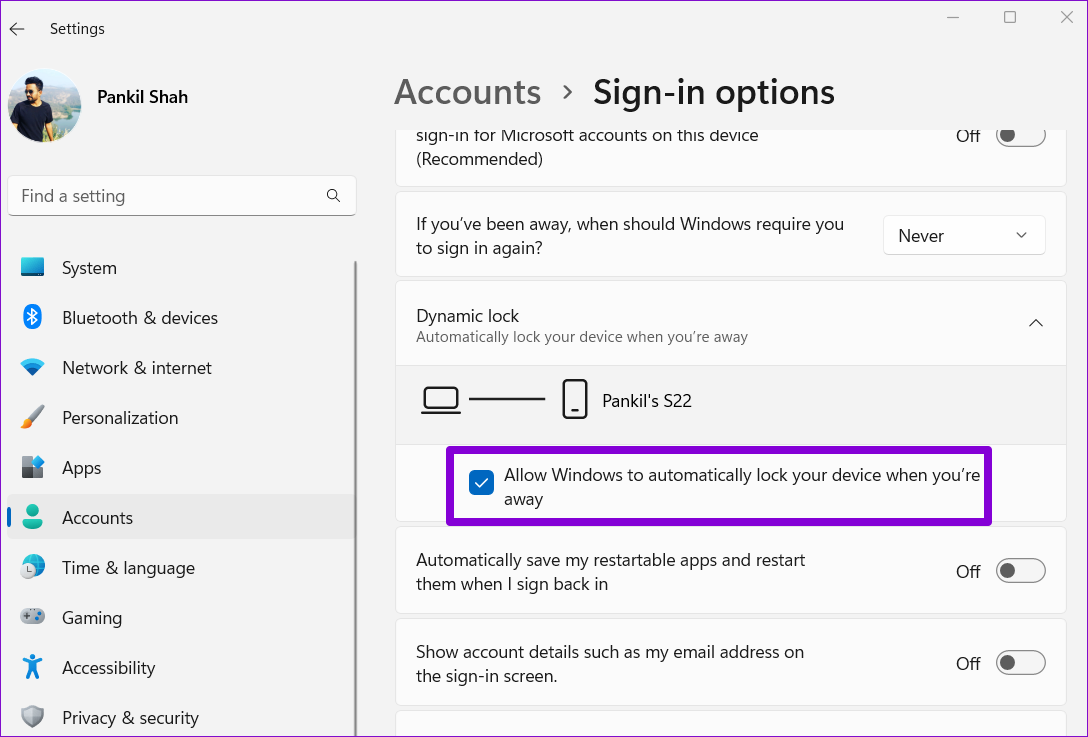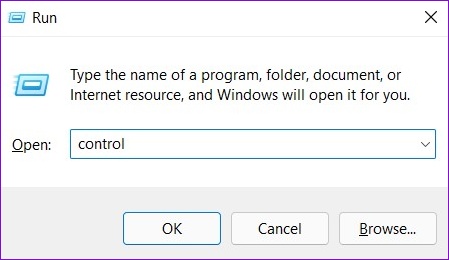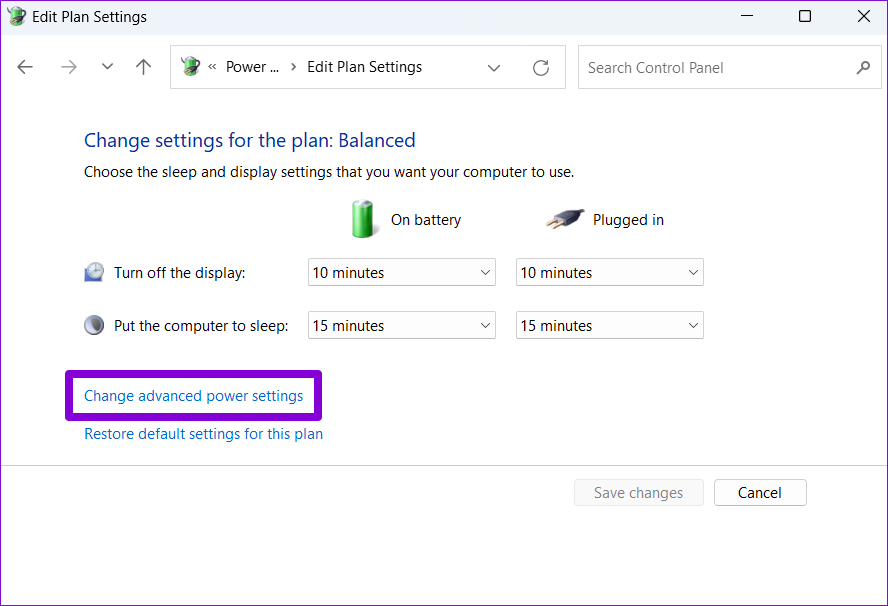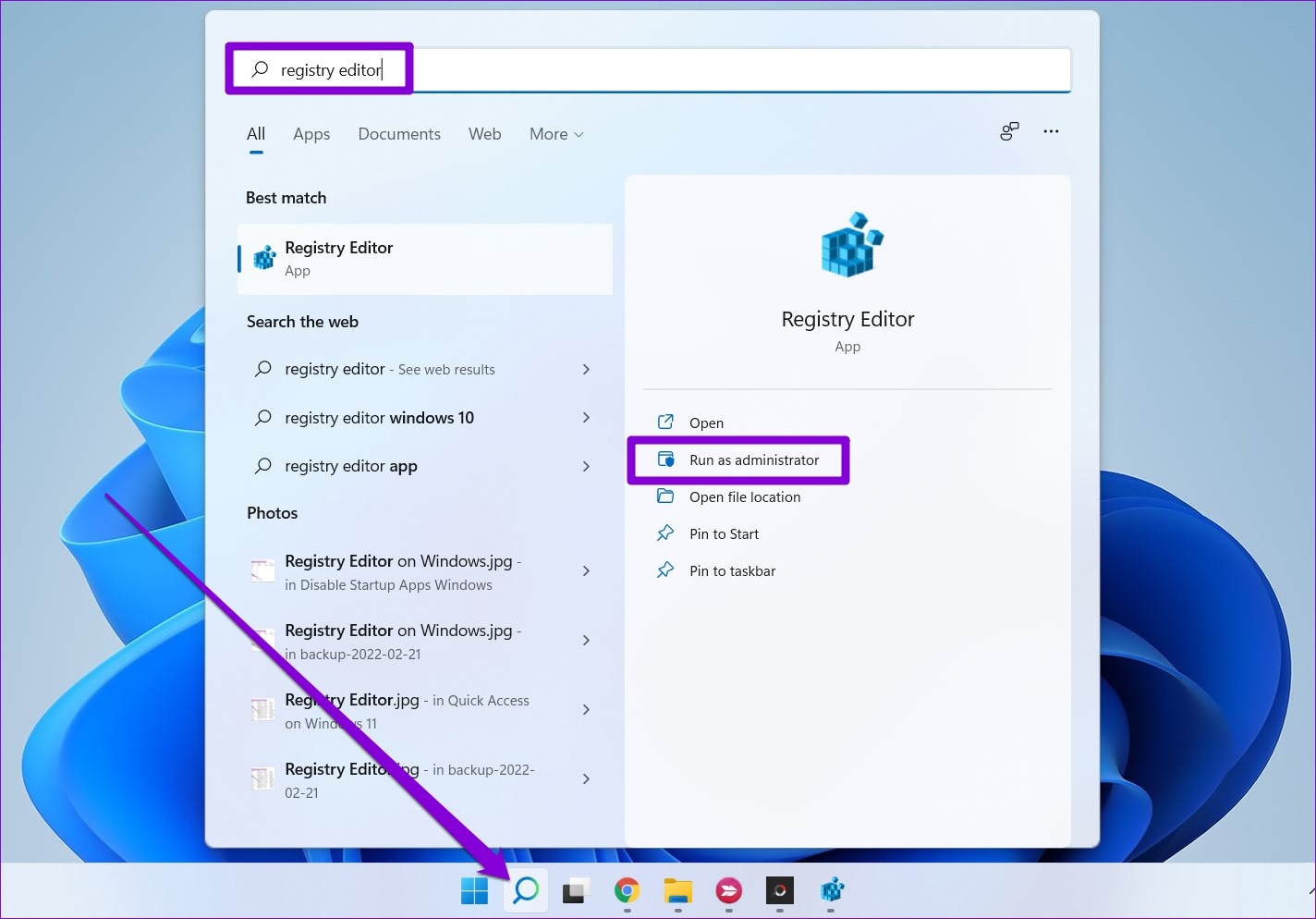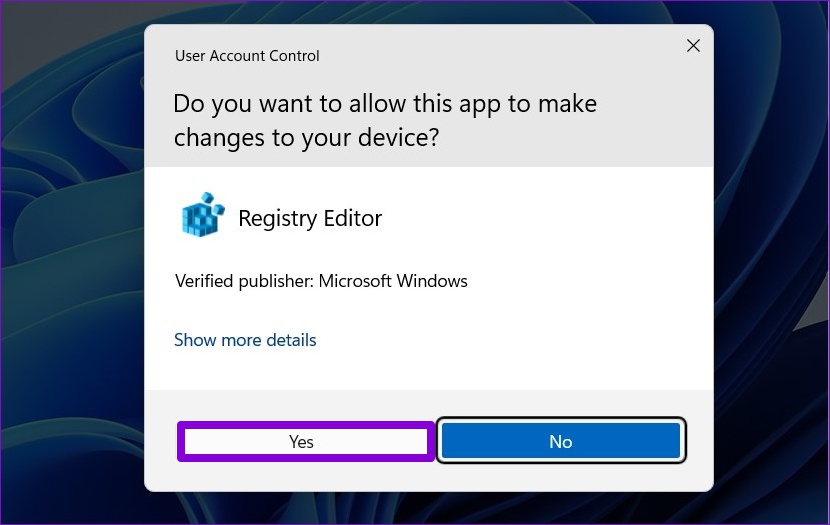Windows does allow you to disable the lock screen after sleep, it may not be a good idea to use it on your work computer. Luckily, there are ways through which you can fix this obnoxious behavior. In this post, we shall share solutions to fix Windows 11 from locking itself automatically. So, let’s start.
1. Increase Lock Screen Timeout
You can start by verifying the set lock screen timeout duration on your PC. Windows will keep locking itself if the set duration is 1 or 2 minutes. Here’s how you can change that. Step 1: Right-click on the Start button to open the Quick Links menu and select Settings from the list.
Step 2: In the System tab, click on Power & battery from the right pane.
Step 3: Under Power section, click on Screen and sleep to expand it.
Step 4: Use the drop-down menus under Screen and sleep to increase the time duration before Windows turns off your screen or goes to sleep.
Alternatively, you can also set those time durations to Never to keep Windows from putting your PC to sleep.
2. Turn Off Dynamic Lock
Dynamic lock is a nifty feature on Windows that automatically locks your PC when you leave it unattended. It does this every time your paired Bluetooth device goes out of range. So, if you’ve enabled Dynamic lock on your PC, Windows will keep locking itself automatically, regardless of the set lock screen timeout. To disable Dynamic lock on Windows, follow the steps below. Step 1: Open the Start menu and click on the cog-shaped icon to launch the Settings app.
Step 2: Use the left pane to switch to the Accounts tab.
Step 3: Under Account settings, click on Sign-in options.
Step 4: Scroll down to Additional settings and click on Dynamic lock to expand it.
Step 5: Uncheck the ‘Allow Windows to automatically lock your device when you’re away’ option to disable Dynamic lock.
This will prevent Windows from locking itself automatically when your Bluetooth device goes out of range.
3. Modify Power Options
If the above solutions don’t help, you can go through the power options on your PC to change the ‘System unattended sleep timeout.’ Several users on the forums reported success in fixing the issue with this method. You can also give it a try. Step 1: Press the Windows key + R to open the Run dialog box. Type in control in the Open field and press Enter.
Step 2: In the Control Panel window, use the drop-down menu in the top right corner to change the view type to large or small icons. Then, go to Power Options.
Step 3: Click on Change plan settings next to your active power plan.
Step 4: Click on the ‘Change advanced power settings’ option.
Step 5: In the Power Options window, double-click on Sleep to expand it.
Step 6: Under Sleep, double-click on ‘System unattended sleep timeout’ to view the set duration.
Step 7: Modify screen timeout to your liking and click on Apply to save changes.
Note: If you’re using a Windows laptop, increase the ‘System unattended sleep timeout’ for both On battery and Plugged in mode. This will keep Windows from going to the lock screen repeatedly. However, if you can’t seem to locate the ‘System unattended sleep timeout’ under Sleep settings, you’ll have to employ the following registry method to enable it first. Make sure you back up your existing registry settings before executing the steps below. Step 1: Click on the search icon on the Taskbar, type in registry editor, and click on Run as administrator.
Step 2: Select Yes when the User Account Control (UAC) prompt appears.
Step 3: In the Registry Editor window, copy the following key and paste it in the address bar at the top:
Step 4: In the right pane, double-click on Attributes and change its Value data to 2. Then, click on OK.
The change should take effect immediately. Exit the Registry window and use the steps mentioned earlier to access the ‘System unattended sleep timeout’ option. Your issue might resolve after you increase the timer.
Keep It Unlocked
Such issues with Windows can easily interrupt your workflow. Thankfully, troubleshooting isn’t too difficult if you know where to look. Employ the tips mentioned above and automatically keep your Windows 11 PC from locking itself.
